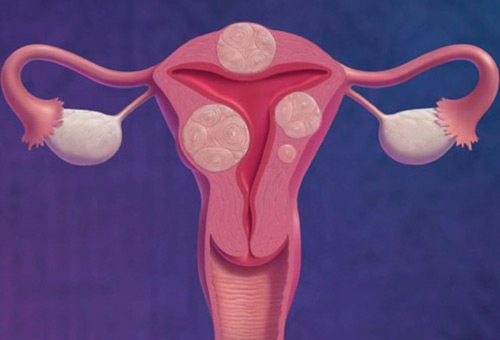Uterine fibroids — one of the most common benign tumors of the female genital organs. The main age group affected by this disease — These are women of the late reproductive period. Also, this pathology occurs in young women. Treatment of uterine fibroids is most often surgical, and consists in the removal of fibroids. The conservatism of this intervention is to preserve the body of the uterus and appendages, which is very important for women of childbearing age. Read more about myomectomy on estet-portal in this article.
Types of conservative myomectomy and features of their application
Conservative myomectomy is an operation that can be performed in several ways: open abdominal, laparoscopic and hysteroscopic. Abdominal myomectomy is performed through an open access in the suprapubic region. Laparoscopic surgery is performed using special equipment, which, without making an incision in the abdominal wall, provides the possibility of manipulations on the organs. These two approaches are used to remove nodes that are located on the body of the uterus. For fibroids located in the organ cavity, the method of choice is hysteroscopic conservative myomectomy.
Conservative myomectomy:
• technical features of conservative myomectomy;
• & nbsp; main indications for conservative myomectomy;
• contraindications and side effects of conservative myomectomy.
Technical considerations for conservative myomectomy
Open abdominal myomectomy has a high risk of developing adhesive disease and, as a result, infertility. In this regard, the best method of conservative myomectomy in the presence of a node on the body of the uterus — it is laparoscopic.
Laparoscopic access provides the surgeon with a complete view of the pelvic organs, which allows not only to remove the myomatous node, but also to assess the condition of the fallopian tubes and ovaries.
Hysteroscopy - this is the most optimal technique for submucosal uterine fibroids. Surgery can be performed with a scalpel, laser or electrosurgical equipment.

Main indications for conservative myomectomy
Conservative myomectomy is generally indicated for young women of childbearing age because this type of surgery, unlike radical hysterectomy, preserves the ability to have children. Conservative removal of the myomatous node is most often indicated in cases where:
• a woman's age is not more than 50;
• in the future, the patient is planning a pregnancy;
• The patient has small myomatous nodes on the stalk.
After the operation, gonadotropin-releasing hormone antagonists are prescribed to prevent the recurrence of the disease. In the future, treatment is continued with combined oral contraceptives.
Contraindications and side effects of conservative myomectomy
Contraindicated conservative myomectomy in case of acute inflammation of the uterus or appendages, suspicion of a malignant process, and also if the woman has a severe degree of anemia. It becomes impossible to perform this procedure with multiple myomatous nodes, as well as with a combination of uterine fibroids and adenomyosis.
The main consequence of conservative open myomectomy is the development of adhesive disease.
Laparoscopic and hysteroscopic removal of nodes have practically no negative consequences. These methods are replacing open abdominal surgeries, as they are characterized by less blood loss, as well as a low risk of adhesions.









Add a comment